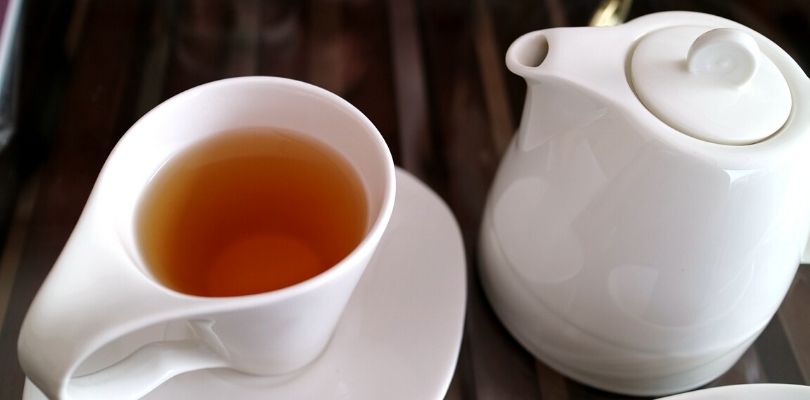Understanding the Types of Toothbrushes and Tips for Choosing the Right One for You
Oral health is important. In order to get the most of your hygiene routine, you need to have the right tools. Choosing the right toothbrush for your mouth could make all the difference when it comes to your comfort and cleanliness.
It’s important to understand the various aspects of an effective toothbrush. You should evaluate the type you should use, and the proper way to use it. There are certainly some dos and don’ts when it comes to effective toothbrushing. The more you understand, the more likely you are to create a healthy oral hygiene routine.
You will have better health, and you’ll likely spend much less time in the dentist’s chair!
The Correct Way to Use a Toothbrush
First, it’s essential to understand the proper way to use a toothbrush. You should start by holding the toothbrush at a 45-degree angle away from your gum line. You should then move the toothbrush in a circular motion to ensure that the entire surface of the toothbrush is thoroughly cleaned. However, you should avoid vigorously brushing the gumline as this can lead to pain and irritation.
Keep in mind, the general guideline is to brush your teeth for two minutes, twice per day. This will help keep your teeth healthy, strong, and ward off a variety of oral infections, diseases, and other common oral health problems.
Common Mistakes to Avoid
Unfortunately, there are several common mistakes that people unknowingly make as they brush their teeth. Here are a few of them:
- Keeping your toothbrush for too long
- Not brushing your teeth long enough
- Rinsing your mouth with water
- Improperly storing your toothbrush
- Not using dental floss
- Forgetting to clean the tongue
- Brushing teeth too often
If this sounds like you, then you should make some changes to your brushing routine. And remember, using a toothbrush is only part of the equation. You should also be using mouthwash and flossing. However, brushing your teeth properly is certainly a critical component in any oral health routine.
Types of Toothbrushes
However, with so many sizes, styles, and shapes to choose from, the choice may be a little overwhelming. To help you find the right option, let’s look at the pros and cons of some of the more popular types of toothbrushes.
What is a diet? Diet is a broad term that is meant to describe foods we put into our bodies. Learn more about diet and nutrition here.
Soft-Bristled Brush
Most dental professionals will suggest using a soft-bristled toothbrush for regular brushing. This particular type of toothbrush is gentler on the gums but works effectively at removing plaque and build-up.
Small-Headed Brush
As far as the size of the head of the toothbrush goes, bigger doesn’t necessarily mean better. In fact, a small-headed brush can usually be a better fit and easily reach back teeth. It can also be maneuvered easier so effective brushing techniques are achieved.
Electric Toothbrush
Many people prefer electric toothbrushes simply because they effectively clean without extra effort. This could be a better choice for individuals who have limited movement in their hands. However, many people simply like electric toothbrushes because they leave teeth clean and shiny after each use.
Customize the Experience
Regardless of the type of toothbrush you choose, you should make sure that you’re selecting options that are comfortable for you. The type of handle, the shape of the head, or style of bristles matters only in regard to the comfort of the user.
Try out a variety of toothbrush types to find the one you are most satisfied with.
When to Replace Your Toothbrush
Toothbrushes should not be used indefinitely. Instead, you should swap it out as soon as it shows any signs of wear, or at least every three months (whichever occurs first). When the bristles start to break down and fray, it’s a warning sign that your toothbrush should be replaced. Remember, a frayed toothbrush can cause damage to your gums. Keep your gums healthy and your smile looking its best with a brand-new toothbrush.
There are other situations in which you should replace your toothbrush: if you get sick, drop it on the ground, or if you’ve learned someone else has accidentally used it! Remember, toothbrushes collect germs very easily, and you should simply replace it if it has been compromised in any way.
Overview
Selecting the best toothbrush for you doesn’t have to be a difficult decision. Focus on whatever type of toothbrush is comfortable and thoroughly cleans your mouth.
You should also make sure that you are using your toothbrush properly. It may be a good idea to discuss your methods with your dentist to ensure that you are effectively cleaning your mouth and getting the best results possible. If you have any specific concerns (such as sensitivity or ineffective brushing), then you should consult with your dentist.
Remember, your oral health is a critical part of your wellbeing, and proper tools and techniques are essential. You’ll have the smile and peace of mind that you deserve!







